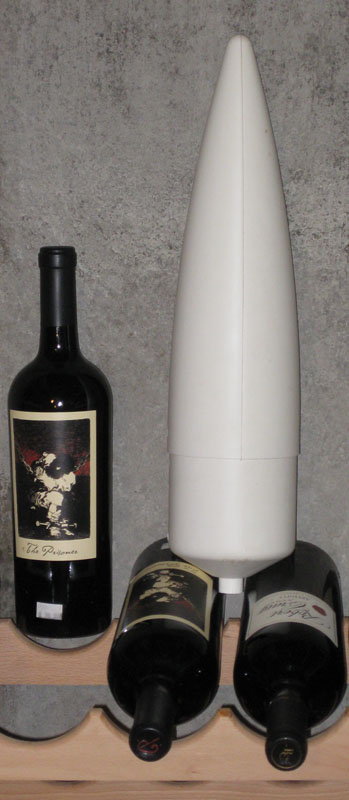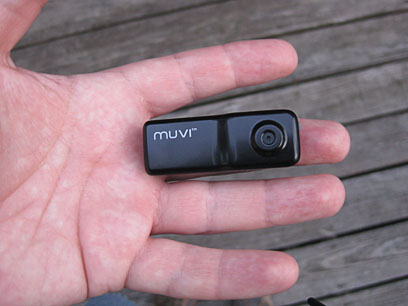Parachute Testing for Project Overkill
Posted in Project Overkill on July 7th, 2010 by cpeds – Be the first to commentI’ll provide an update on the dual deployment system after one more test, probably tomorrow, but it looks like it works now!
After working on that today I decided to try out the parachute. I have never been successful with a parachute before so I wanted to make sure that I was folding it in a manner that would work. One time when I was a kid I tried a parachute without enough wadding and it melted. Since then I’ve focused on other types of recovery systems. Now I’m building a huge rocket that is going to rely on not one but two parachutes!
This first video is a super slow motion capture, about 1/16th normal speed (3.75fps versus 60fps), of the parachute unfolding. I folded it exactly the way I’m planning too in the rocket and threw it off my deck with a five pound weight attached to it. You can see that it finishes opening right as the weight hits the ground. It’s only fully open for one frame, but it clearly worked.
Having seen that the folding technique works, I wanted to see what this parachute would look like flying through the air fully open. This time I left it unfolded when I threw it. It looked very good floating quickly to the ground.
Here it is at full speed in case you want to see it. Just don’t blink…

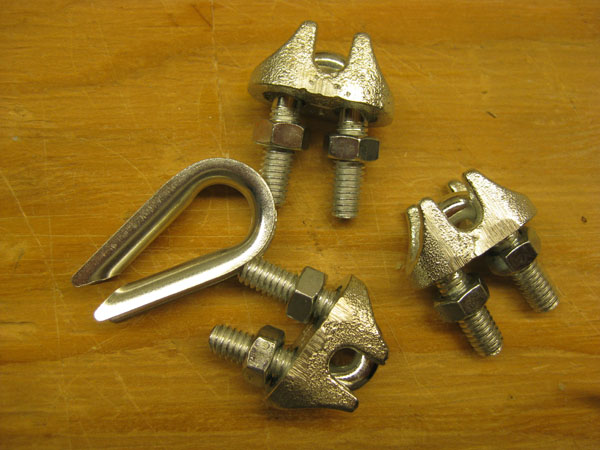
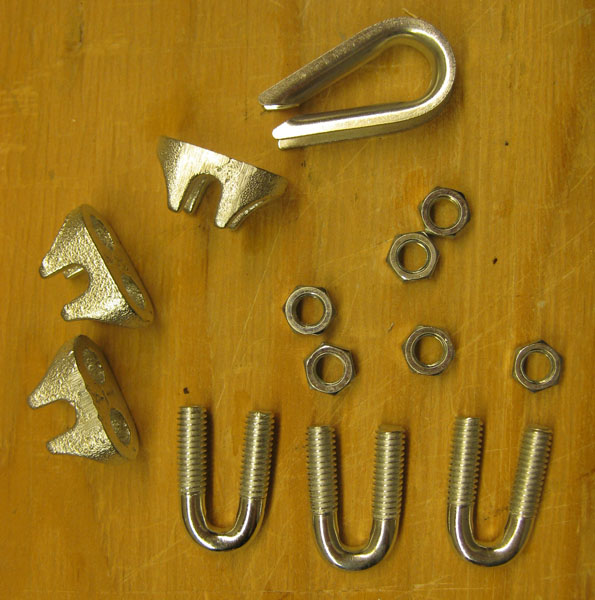
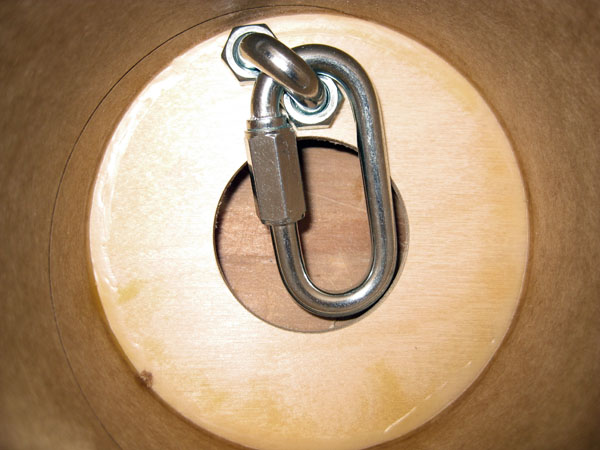
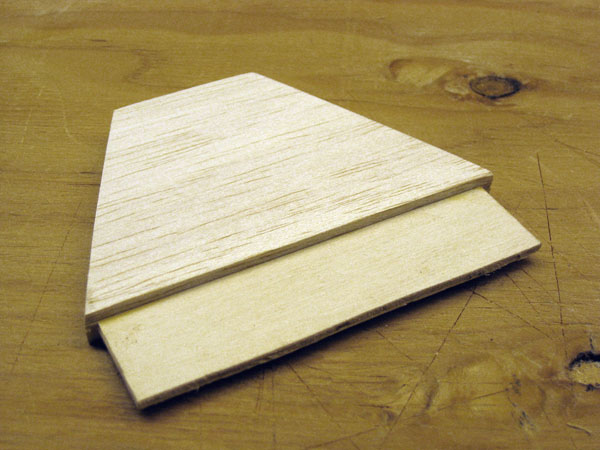
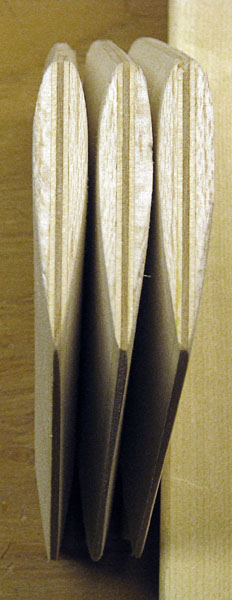 [In this photo only the leftmost fin is seen straight on. The others are seen at a bit of an angle. When viewed straight on they appear more uniform.]
[In this photo only the leftmost fin is seen straight on. The others are seen at a bit of an angle. When viewed straight on they appear more uniform.]